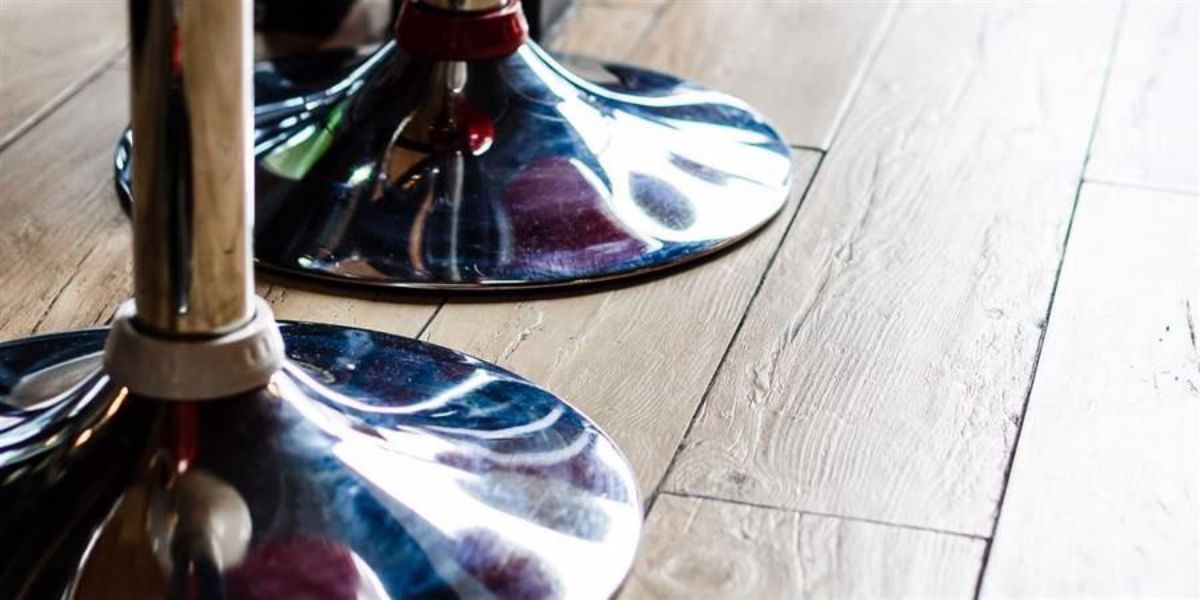Function: First, where are your new barstools going to live? In a dining room? Outdoors? A game room? Or maybe around a kitchen island? The answer is important. Barstools that go around a kitchen island will need to be measured to fit that island, while those that will be a part of a table set will come pre-measured.
Height: Comfort and space are key to choosing the right stool height for your bar, counter or island. 10 to 12 inches should be allotted between the stool seat and the underside of your counter or table. If you measure from the floor to the underside of the counter, you should be able to select the proper seat height for your space.
Width: Again, comfort is key when it comes to the width of your barstool. The smaller the seat size, the more stools you can fit at your counter. However, it may also be a less comfortable fit. If you want a comfy width, go for a 17- or 21- inch barstool. Allow for at least 6 inches of space between each stool and measure accordingly so you know how many stools can fit comfortably.
Types: Once you understand the space that your barstools will occupy, it’s time to consider the options.
- Wood or Metal
Most bar stools are either metal or wood. Metal options range from rustic finishes to a more contemporary chromed steel finish. Wood stools can offer a more traditional or vintage look.
- Added Touches
Many people prefer a well-cushioned seat and comfortable backrest when sitting down for a meal and conversation. Look for stools with a soft seat and arms for a primary dining area.
Styles: There are a few style types to consider before making your decision. Let’s look at a few basics.
- Contemporary
These may lean towards metal and leather. Plastic and vinyl are also popular contemporary materials for barstools. They can swivel, have backrests, or padding and upholstery, but overall maintain a sleek look. Contemporary stools are sturdy and hold up well to wear and tear.
- Vintage
Vintage stools will be at home in a farmhouse or country style home. They are simple and straightforward and are made of wood or aged metal. They usually have upholstered seats and come with or without backs.
- Traditional
Traditional style barstools are typically seen in a more formal setting but can be mixed into several styles. They usually mix muted metal with upholstered seats. They can have backs, swivel, and offer a bit more ornamentation than vintage barstools.
Once you understand the barstools basics, it’s much easier to make an informed decision.



